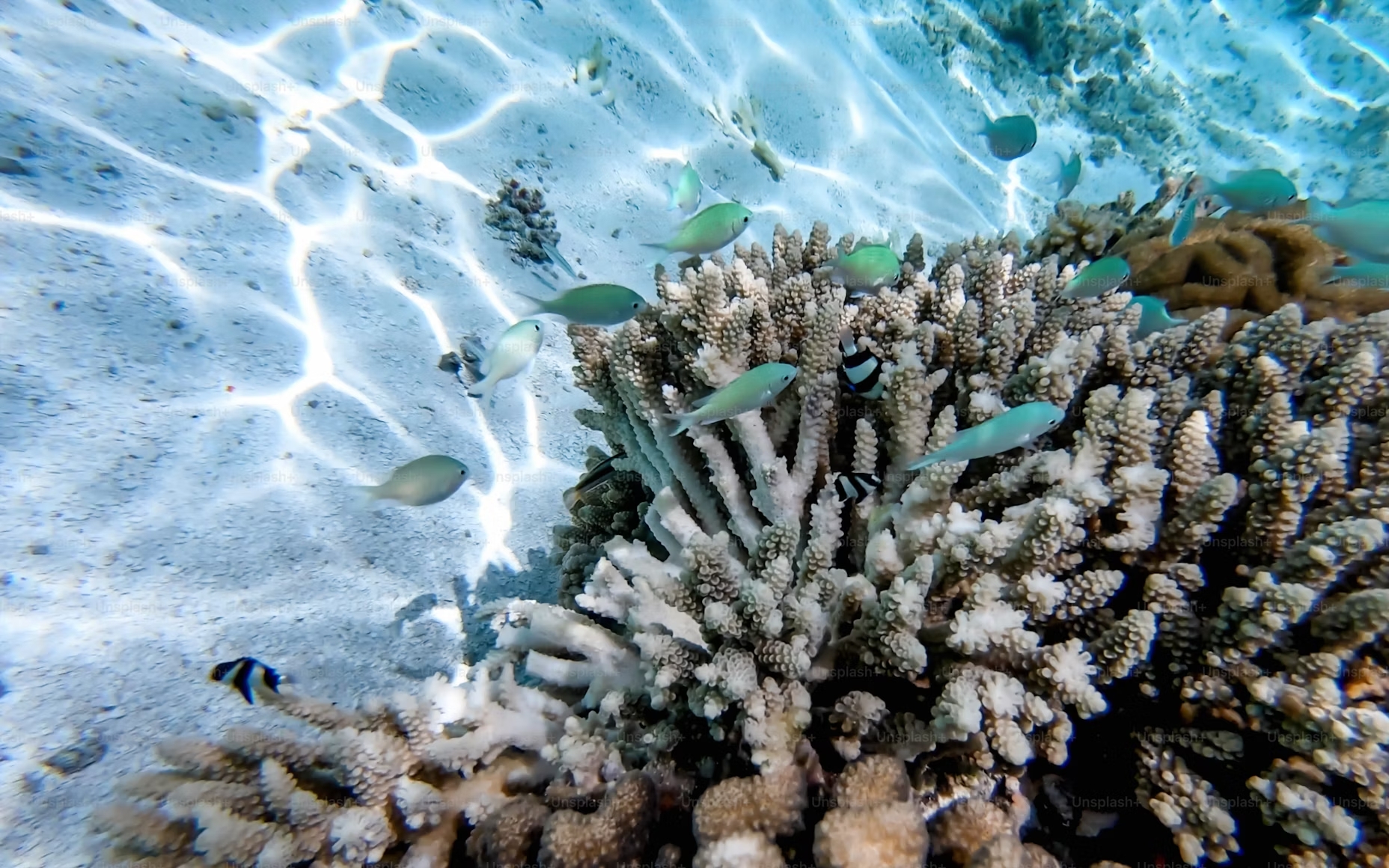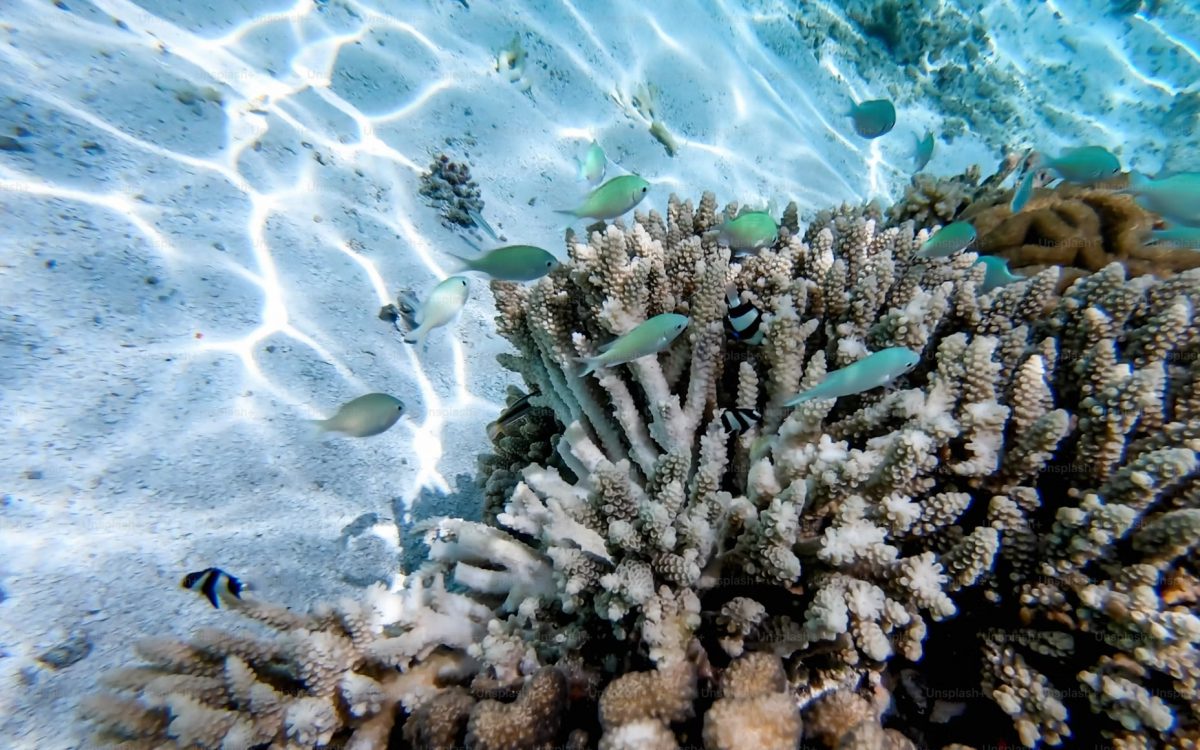Pharmaceutical Pollution in Red Sea Corals
Corals, despite their stony appearance, are living organisms. Coral reefs are often called the “rainforests of the sea” as they provide a home for countless species of fish and marine life. Additionally, coral reefs protect coastlines from erosion, serve as a food source, and attract millions of tourists annually, contributing significantly to local economies.
However, according to a study by Tel Aviv University (Israel), published in the journal Environmental Pollution, scientists have discovered residues of 10 common pharmaceuticals in corals in the Gulf of Aqaba, Red Sea.

Detection of large pharmaceutical residues in coral in the Red Sea. (Photo: Unsplash)
Specifically, researchers found traces of drugs such as antibiotics, laxatives, antihypertensives, antiplatelet drugs, calcium channel blockers, and antidepressants in all 96 coral species from two types of stony corals (Acropora and Favites) in shallow waters at depths of 5-12m and deep waters of 30-40m.
The accumulation of these substances in coral bodies causes severe consequences, threatening their lives and disrupting the marine ecosystem. Previous studies have shown that drugs can reduce the reproductive capacity of aquatic organisms, as well as increase aggressive behaviour and impair their memory and learning abilities. This causes severe ecological imbalances.
With increasing threats, scientists have called for immediate global action to prevent pharmaceutical pollution in marine ecosystems. One essential solution is to improve wastewater treatment systems and safely dispose of discarded drugs.
Additionally, there is a need to increase research on the effects of pharmaceuticals on corals and other marine organisms, as scientists need to understand better how these drugs affect the environment to develop effective protection measures.
Furthermore, the awareness of each community member also plays an equally important role. Each of us can contribute to protecting corals by limiting pharmaceutical use and improper disposal and sharing and raising awareness of the impact of pharmaceutical pollution on the marine environment so that people better understand the importance of protecting corals and aquatic life.
Source: Tin Tuc newspaper








